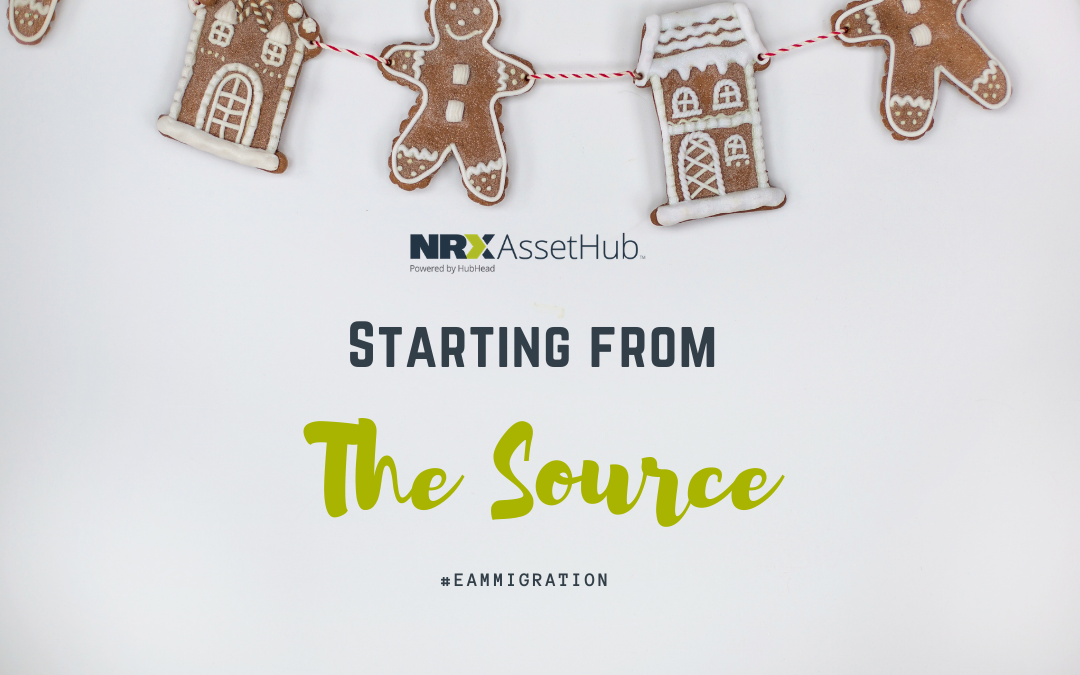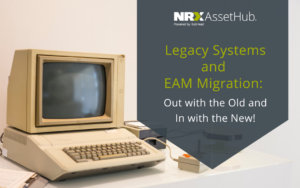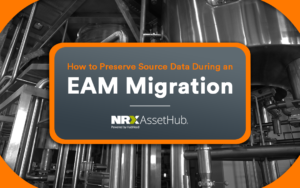When deciding to conduct an EAM migration, it is imperative that your data is reviewed and audited before loading it onto your new EAM. However, during the review process, lack of time and a suitable platform for the maintenance and reliability teams to review and approve data before loading it into the new CMMS system can pose a problem and lead to the new CMMS failing to achieve the desired benefits.
Ensuring you have the right data
Conducting a data cleanse is the first step to ensuring you have the right kind of data loaded into your new EAM. Most EAM implementations fail because companies do not plan their migration as a separate project. When scheduled as a separate project, maintenance teams have the ability to participate in a more systemized manner. Also, with a separate project, you can set timelines and assign specific tasks to specific people in your team which will help you stay on track.
Secondly, investing in the right technology and the right people for your EAM migration can help you achieve the desired benefits of the new EAM. There is always a risk of missing important data during the data migration process but choosing a migration solution that’s fit for purpose and built to migrate asset and maintenance master data can help avoid data gaps and mistakes.

Making the most of your source data
It isn’t easy to migrate all your data to a new platform. It takes a special amount of time, effort, and strategy to switch systems without losing out on important information. If you are planning an EAM migration and would like to know more about making the most of your source data, feel free to book a demo and we’d be happy to reach out!
Legacy Systems and EAM Migration: Out with the Old and In with the New!
How to Preserve Source Data During an EAM Migration
Buried in your EAM system?
Share this article




